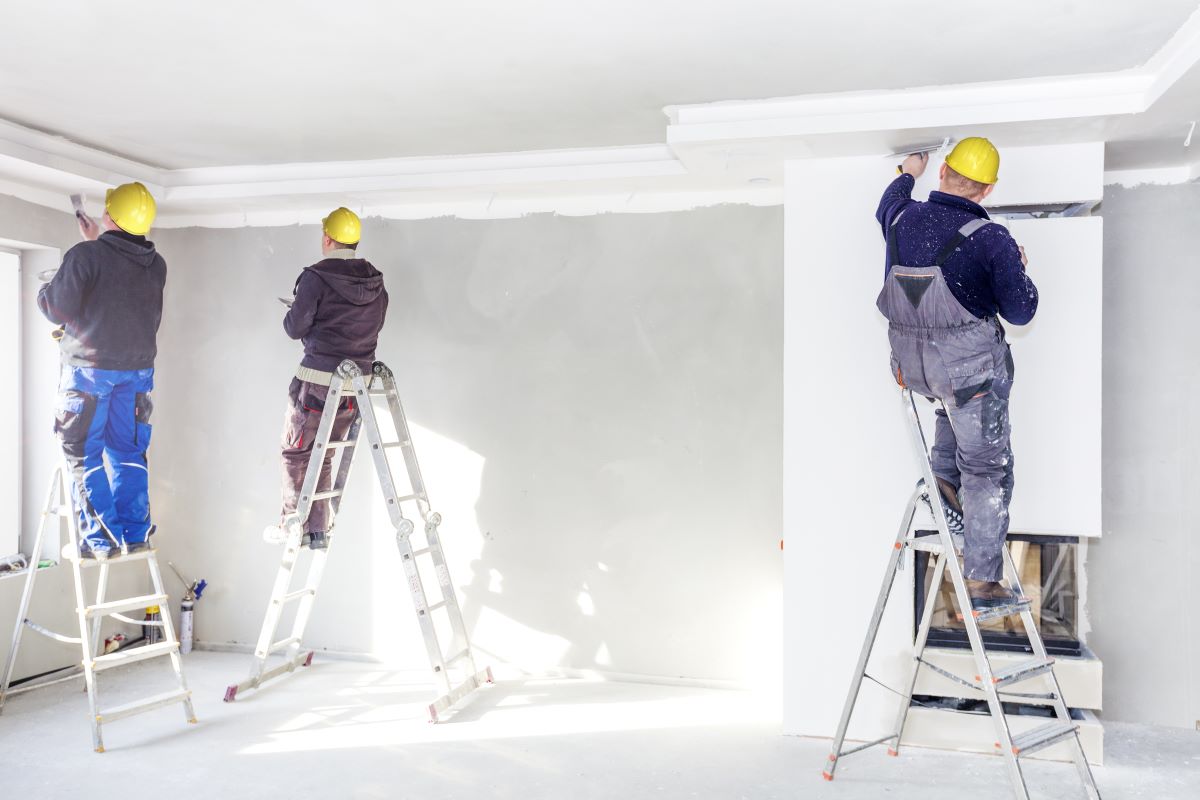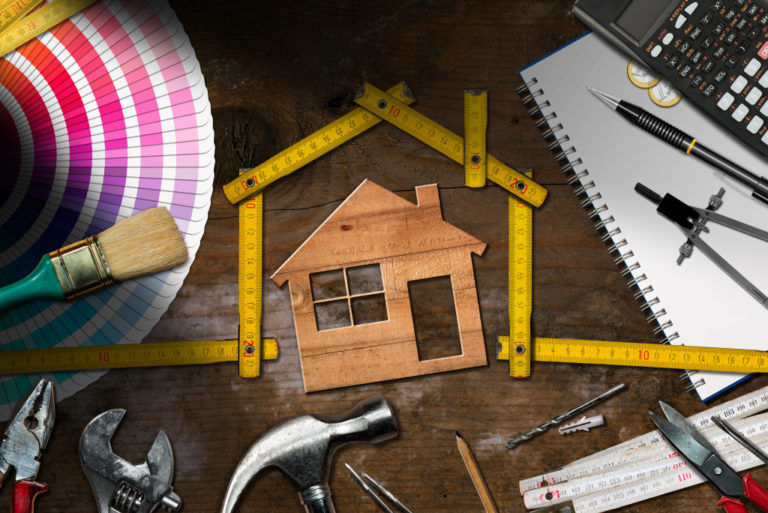Becoming a homeowner for the first time can be overwhelming. The responsibility of caring for the house, paying the bills on time, and maintaining the functionality of utilities can be quite daunting, especially if you’re doing all these on your own.
However, before you even begin thinking about those aspects of homeownership, you first have to lay the foundations of your house. You can’t maintain a place that doesn’t exist yet, so that is the first step that you should take.
When drafting your house’s layout, you need to take the materials you are going to use into consideration. This includes not only the visual appeal of materials, but also the durability as well as the ability to withstand eventual wear and tear. With that, take a look at these materials and where they can be used.
Pipework
Arguably one of the most important aspects of a home is the plumbing. When the plumbing is damaged, it can affect your kitchen, bathrooms, backyard, and your entire day. Imagine having to spend a day without clean water from the faucets or the toilets being clogged and unusable.
So while you’re still building your house from the ground up, it’s vital that you take the best pipework material to work with: polyvinyl chloride (PVC) or engineering resins. Both types of polymers are durable and can withstand high water pressure, making them the best choice for plumbing pipes.
Another reason why these are great materials to use for your pipework is that they are resistant to rust and corrosion, which means they can last for a long time. Plus, if they ever falter in the future, polymer plastics are easy to replace or repair because they are inexpensive materials.
Flooring
When it comes to flooring, not many people consider concrete as their first choice. Most people will look towards ceramic tiles, hardwood floors, or even carpeting for their home. And while these are all excellent choices, concrete shouldn’t be disqualified from the choices.
Choosing to go with concrete flooring can save you money in the long run, especially because it’s affordable and durable. Its versatility comes second to none, making it easy to use in other parts of your home besides the flooring.
In addition to that, concrete flooring is almost always relatively cool to the touch, which means it’s perfect for homes in tropical areas. This is because the concrete doesn’t hold or absorb heat, unlike other kinds of flooring that can be uncomfortable to walk on because of the weather.

Walls
Brick and stone are two of the most common types of materials used in building homes, specifically for walls. This is because they are both low maintenance, durable, and aesthetically pleasing because of their timeless appeal.
You can use bricks for your walls because they can retain value over time because of the durability of the material. Although it can be time-consuming and labor-intensive to build, it can be very well worth the effort once it’s done.
On the other hand, you can also use stones for your walls because it’s fire-resistant and visually breathtaking. You can go with raw and unfinished stone for a more rustic aesthetic or polished for a more refined look. Stone can sometimes be expensive to quarry, but it doesn’t need mortar to be built.
Windows and Doors
In most industrial and commercial settings, steel is the topmost choice for infrastructure because of its durability. That’s why it’s unsurprising how the use of galvanized and stainless steel has been currently growing in popularity, especially in homes that borrow from industrial interior designs.
This is true particularly in the use of windows and doors because they are easy to maintain as well as repair. The eventual wear and tear of the material can be maintained by any handyman or homeowner because it will only require repainting the surface.
Most windows and doors made of steel can last up to 75 years or more, depending on the level of care they receive. Steel can also be used to support other structures, such as piping, furniture, and other materials inside your home that will need reinforcement.
Building a home is hard work. It often begins with excavating the land, laying down the foundations, and creating the skeleton framework of the house. After that, you start decorating the interiors, which includes painting the whole vicinity, buying furniture, and finally, settling in your new home.
To make all of this possible, you will need a good team of contractors, builders, and suppliers on your side. You can’t build a house on your own, so having a reliable team who can make your dream home a reality is vital to the process.




